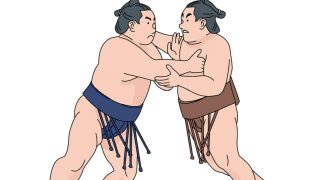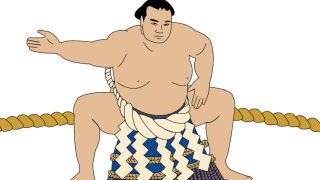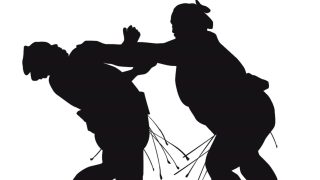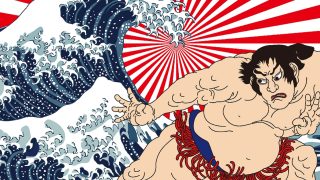 Introduction
Introduction What is Harite? A Complete Guide to the Powerful Striking Technique Used in Sumo
For newcomers to sumo, harite is one of the easiest yet most powerful techniques to recognize. The open-hand strike, delivered with speed and precision, shakes the opponent’s balance and electrifies the audience. More than a simple slap, it embodies both the physical intensity and the tactical depth of sumo, making it a perfect entry point for understanding the sport.









